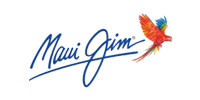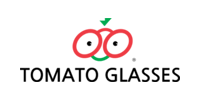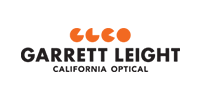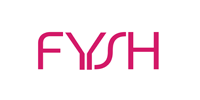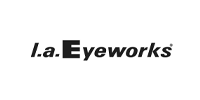There are many types of contact lenses and it is important for your eye doctor to assess which type is best for you.
Finding Your Right Lens
During a contact lens evaluation, your eye doctor will not only find your contact lens prescription, which is different from a glasses prescription but will also make sure the type and fit of your lens is ideal for your eye health and lifestyle.
Take a glance through the different types below to learn more.
Soft Contact Lenses
- Sphere: Spherical lenses are great for basic prescriptions with little to no astigmatism.
- Toric: If you have a prescription with astigmatism, it may be necessary to correct that astigmatism with a Toric contact lens.
- Multifocal: At some point in life, everyone develops the need for reading glasses which may make it difficult to see near objects with your contacts. Multifocal lenses have a reading prescription built into the lens to help with near vision.
- Daily Disposable: These lenses are disposed of every day. This means there is no need for contact lens cases or solutions. They are the healthiest option for our eyes as they do not accumulate a build-up of proteins or bacteria and allow for a thinner, more breathable material.
- Monthly Disposable: These contacts are meant to be disposed of monthly. It is a good option as long as the wearer is responsible with proper cleaning and storing and replacing the contacts on time.
- Custom Fit Soft Contacts: “Special Eyes” – there are some prescriptions that are higher than what is able to be made in a standard soft contact lens. That is why we have used Special Eyes custom soft lenses to be able to make almost any prescription necessary. If you have been told in the past that your prescription is not suitable for contacts, ask our doctors if Special Eyes contacts are an option for you!
Specialty Hard Contacts
- Rigid Gas Permeable or “RGP” Lenses: Although they are not as popular as they once were, rigid gas permeable lenses are great for those who desire very sharp vision.
- Scleral Lenses: Scleral contact lenses offer many benefits over hard and soft contact lenses. Considered a speciality fit, these lenses are large enough to cover most of the front surface of the eye. This provides a smooth, clear surface therefore providing the sharp vision of an RGP without the potential discomfort. This technology may be necessary in cases where glasses do not fully correct vision, such as keratoconus or corneal transplant. These lenses are also a great option for the management of dry eye syndrome. Since the contact lens is filled with a saline-like solution, the eye is bathed with moisture all day long.
Orthokeratology
Orthokeratology is the temporary reshaping of the front surface of the eye to correct for nearsightedness. These lenses are worn at night, removed in the morning and the wearer wakes up with a clear vision that lasts through most of the day! This is a great option if you are bothered by glasses or contacts wear during the day but are unsure if LASIK or PRK is a good option.
The most researched benefit of orthokeratology is the control of myopia progression or reducing how fast a nearsighted prescription increases over time. Nearsighted prescriptions, especially if found at a young age, have the potential to continue to increase at a high rate for many years. People with a high nearsighted prescription are more at risk for retinal problems including tears, detachments, and holes, and are even more at risk for glaucoma. Orthokeratology lenses are one of the most effective ways to prevent the negative effects of a high myopic prescription later in life.

